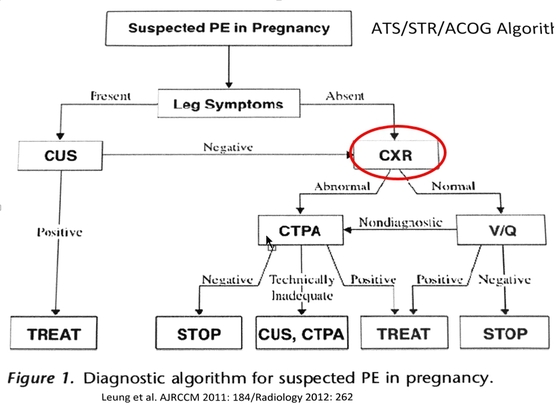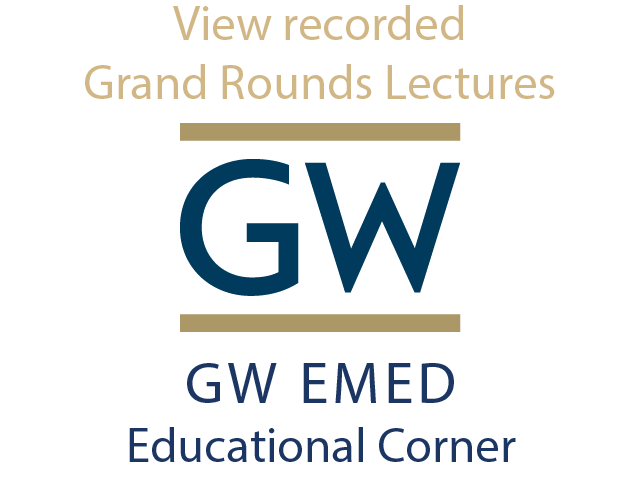Morbidity and Mortality – by Chrissy Woodward Case 1
Case 2
Case 3
Case 4
Case 5
Case 6
LVADS – by John Greenwood (UMD Pulm Crit Care Fellowship recent grad) johncgreenwoodEgmail.com @JohnGreenwoodMD
AHA Guideline Update – by Stas Haciski 2015 ACLS UPDATES- https://circ.ahajournals.org/content/132/18_suppl_2/S315.full.pdf+html
1 Comment
|
Categories
Archive
February 2018
Please read our Terms of Use.
|

